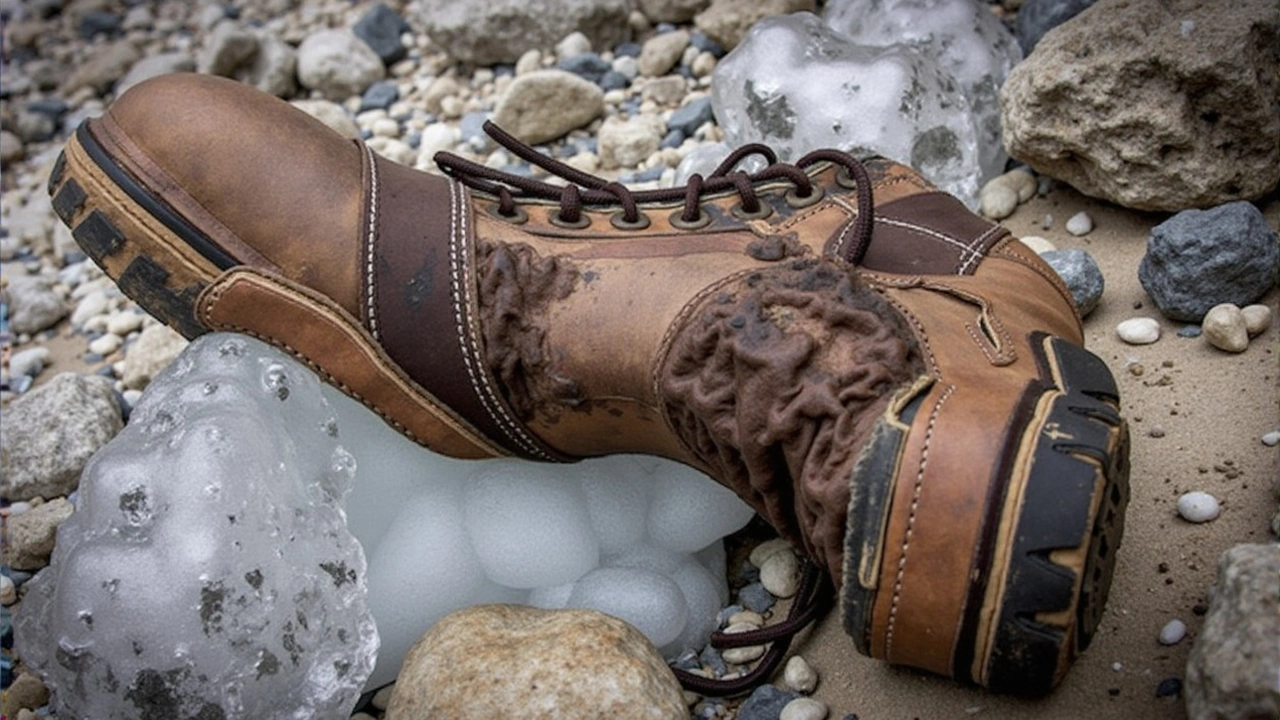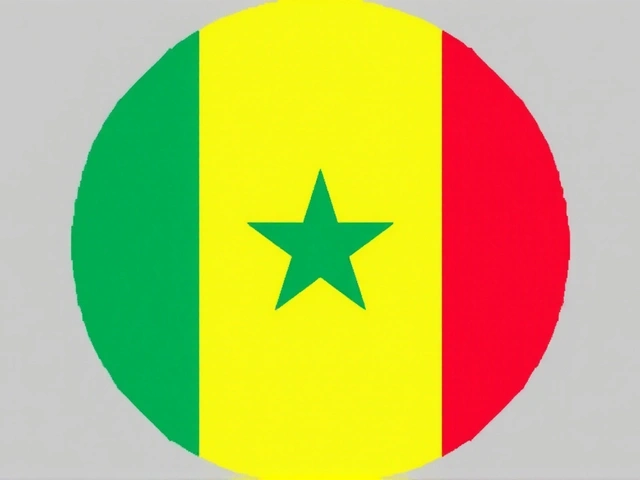Mountaineering Mystery: What Really Happens When Climbers Go Missing
When a climber disappears, facts are scarce and questions pile up fast. You want clear steps, reliable updates, and real advice — not rumours. This guide explains what happens after a disappearance, how rescues work, and what to watch for in news reports, whether the incident is on Kilimanjaro, the Rwenzori or a local crag.
First steps after a disappearance
If someone you know is missing, call local authorities immediately and give precise info: last known location, time, route, gear, phone battery life, and health issues. If the climber was with a guide company, contact them too. Don’t start risky searches alone — untrained helpers often become additional victims. Instead, gather photos, messages, and witness accounts that can help search teams.
Search and rescue teams first try to confirm the last known route and timeline. They use local knowledge, weather reports, and any tracking devices or phone ping data. In remote African ranges, teams may include park rangers, volunteer climbers, police, and sometimes military units. Helicopter searches help but depend on weather and funding.
How investigations and news coverage usually unfold
Investigations follow two tracks: rescue operations to find survivors and incident reviews to learn what went wrong. Officials collect witness statements, guide logs, permits, and equipment lists. If foul play is suspected, police widen the probe. For families, ask for a single contact person at the authority handling the case — it avoids mixed messages.
On the news side, early reports often contain gaps. Watch for repeated facts: those are likely verified. Be cautious with unnamed sources or dramatic claims on social media. Reliable outlets will quote officials, rescue teams, or the guide company and update stories as new facts arrive. We aim to bring verified details and practical context so readers understand what’s confirmed and what’s still unknown.
For climbers: carry a personal locator beacon or GPS tracker, share your plan with someone on the ground, and check weather and route conditions before you go. Pack basic survival gear and a power bank. If you hire guides, confirm their credentials and local rescue arrangements.
If you’re following a mountaineering mystery, look for updates on rescue status, official statements, aerial search results, and coroner or medical reports. Avoid spreading unverified images or names until next of kin have been informed. Respect privacy — families need facts, not speculation.
We cover mountaineering mysteries with the aim to inform and help. Bookmark our updates for verified developments, safety tips specific to African mountains, and interviews with rescue teams. If you have verified info about an incident, contact local authorities first, then trusted news outlets to ensure the right people get the help they need.
Century-Old Mystery on Everest: Discovery of Sandy Irvine's Foot Could Rewrite History
By Sfiso Masuku On 12 Oct, 2024 Comments (20)

The recent discovery of an old boot containing a foot on Mount Everest's Central Rongbuk Glacier has reignited interest in a century-old mountaineering mystery. Believed to belong to Andrew "Sandy" Irvine, who disappeared in 1924 while attempting to summit the mountain with George Mallory, this finding might change the history of Everest ascents, as the boot contained an embroidered label linking it to Irvine.
View More




